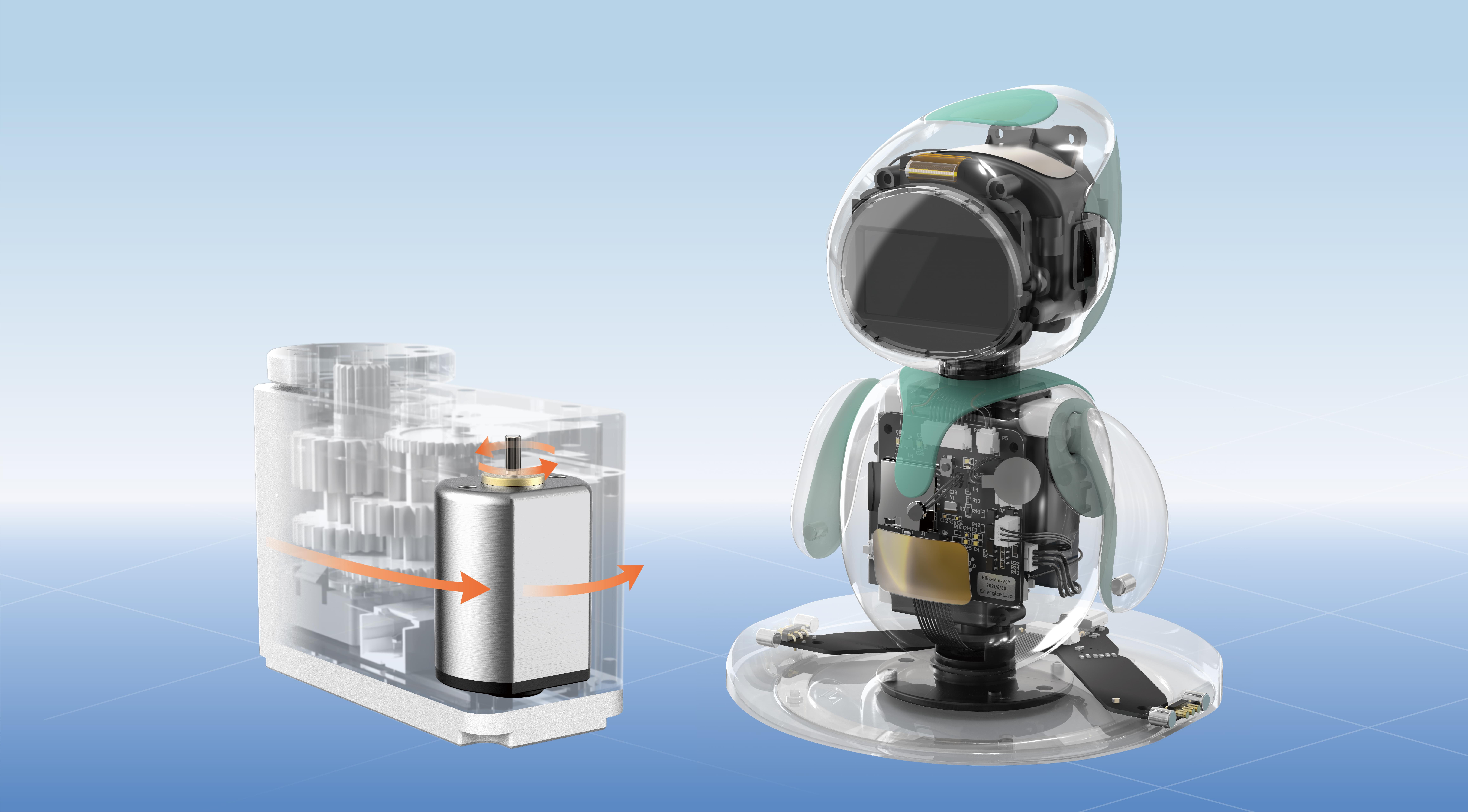Unlocking Seamless Convenience: Mastering Remote Control Settings in Windows 11
In our fast-paced digital world, connectivity isn’t just a convenience—it's a necessity. Windows 11, Microsoft's latest operating system, continually pushes the boundaries of what’s possible when it comes to remote access and device management. Whether you're working remotely, troubleshooting, or simply want to control your PC from a distance, understanding how to properly configure remote control settings opens up a realm of possibilities designed to boost your productivity and make your digital life easier.

In this exploration, we’ll walk through the essentials of setting up remote control features in Windows 11, delve into practical tips, and give you a glimpse of how to unlock the full potential of your device from anywhere.
The Power of Remote Control in Windows 11
Remote control features enable you to access your computer, files, and applications without being physically present at your device. It offers incredible flexibility—imagine being able to review a project, troubleshoot an issue, or run software from a café, your living room, or even across the globe.
Windows 11 is built on a robust foundation that supports a variety of remote connection options, from the classic Remote Desktop Protocol (RDP) to third-party solutions and cloud-based services. But what makes Windows 11 stand out is its streamlined interface, enhanced security, and the integration of intelligent features that simplify the process of controlling your device remotely.
Before diving into configuration, it's helpful to understand the key options available:
Remote Desktop: Allows you to connect to your Windows 11 PC from another device, whether it’s a Windows, Mac, Android, or iOS device. Quick Assist: A lightweight, built-in tool designed for giving or receiving remote help without complex setup. Third-party applications: Software like TeamViewer, AnyDesk, and Chrome Remote Desktop extend the possibilities beyond native tools.
Enabling Remote Desktop in Windows 11: Step-by-Step Guide
To configure remote access via Windows Remote Desktop, follow these straightforward steps:
Access Settings: Click on the Start menu, then select the gear icon to open Settings. Alternatively, press Windows + I. Navigate to System: In the Settings window, select System from the sidebar. Open Remote Desktop Settings: Scroll down and click on Remote Desktop. Enable Remote Desktop: Turn on the toggle switch labeled Remote Desktop. Confirm & Configure: A prompt will appear asking for confirmation and possibly for administrator credentials. Confirm to enable. Advanced Settings: For increased security, you can specify users allowed remote access, configure network-level authentication, and set dynamic or static IP addresses to facilitate connectivity. Firewall Adjustments: Windows usually auto-configures the firewall, but ensure that the Remote Desktop exception is enabled in Windows Defender Firewall.
Note: Your PC must be running Windows 11 Pro or Enterprise editions to enable Remote Desktop. Windows 11 Home edition, by default, does not support hosting remote desktop sessions, but you can use third-party tools or upgrade to a compatible edition.
Ensuring Your Device is Ready for Remote Access
While enabling Remote Desktop is straightforward, a few preparatory steps can significantly improve reliability:
Network Configuration: Assign a static IP address or configure dynamic DNS if your IP changes frequently. Router Settings: If connecting over the internet rather than local network, set up port forwarding for TCP port 3389. Security Measures: Use strong, unique passwords for user accounts, enable network-level authentication, and consider VPN setups for added security.
Additional Tips for Seamless Remote Connection
Keep your system updated: Regular Windows updates include vital security patches and new features tailored for remote connectivity. Disable sleep mode: Configure power settings to prevent your device from sleeping or hibernating during remote sessions. Enable notifications: Stay informed about remote login attempts or connectivity issues by enabling relevant alerts.
Using Quick Assist for Instant Help
Sometimes, a quick, casual remote connection is all you need. Windows 11 includes Quick Assist, a simple tool designed for assisting friends or colleagues. To use Quick Assist:
Search Quick Assist in the Start menu. Click Get assist or Assist another person. Share the provided security code. The other party enters the code, and a remote connection is established, allowing screen sharing or control.
This feature is excellent for troubleshooting or providing visual guidance without complex setup.
External Solutions for Remote Control
While Windows' built-in features are powerful, third-party tools often provide additional functionalities:
TeamViewer: Known for its ease of use, cross-platform support, and robust security features. AnyDesk: Lightweight with high-performance capabilities. Chrome Remote Desktop: A free extension offering quick setup through Google Chrome.
Choosing the solution depends on your specific needs—security, ease of use, or advanced features.
Kpower has delivered professional drive system solutions to over 500 enterprise clients globally with products covering various fields such as Smart Home Systems, Automatic Electronics, Robotics, Precision Agriculture, Drones, and Industrial Automation.




































